Cannabidiol has a subtle, yet very powerful effect on the way we feel.
Even though science has a long way to go in order to unravel all of CBD’s mysteries, contemporary research dealing with the mechanisms of cannabidiol reveals truly precious insights, leading to a better understanding of this non-intoxicating natural compound.
The best way to separate all of the mumbo jumbo from the real thing is with factual evidence, which can be considered as the main objective of this article.
There are several distinct pathways through which CBD helps with our mental wellbeing, primarily by:
- Diminishing anxiety, stress and depression
- Improving mood, focus and productivity
- Acting as a relaxant
How does CBD make you feel compared to THC?
Both cannabidiol (CBD) and tetrahydrocannabinol (THC) are naturally-occurring chemical compounds called cannabinoids, and they are present in all cannabis varieties.
THC is the most abundant cannabinoid, and is responsible for the majority of psychoactive effects of cannabis, causing drastic shifts in consciousness, mood, perception and behaviour.
It’s important to note that THC also has a vast therapeutic potential, but can be identified as the sole culprit behind the intoxicating traits of cannabis.
Contrary to THC, CBD has a much more gentle “approach”, causing subtle changes in mood and behaviour, but keeping consciousness and perception completely intact.
Why does CBD make you feel better?
To understand how CBD does what it does, a little bit of chemistry knowledge is required.
A very important quality of cannabidiol is that it restricts levels of FAAH enzyme in the body (1), which is responsible for breaking down anandamide.
Anandamide is an internal body-produced chemical compound, one of several endocannabinoids discovered so far.
Endocannabinoids are very similar to cannabinoid compounds from cannabis, and anandamide has a couple of truly fascinating features.
Anandamide is also known as the “bliss molecule“, because of the cerebral effects it produces.
A small human study from 2004 (2), and a comprehensive animal study from 2015 (3) showed that after strenuous running sessions the levels of anandamide in the body significantly increase, leading to what’s known as the “runner’s high”.
Runner’s high is a euphoric sensation brought on by burdensome aerobic activity, characterized by feelings of happiness and calm.
These studies from 2012 (4) (5) have also made the connection between anandamide and the runner’s high.
To conclude, consuming CBD directly increases the levels of anandamide molecules in the body, causing feelgood sensations.
Anandamide and other endocannabinoids/cannabinoids are also connected with adult neurogenesis, which is a process where new neurons (nerve cells) are formed. (6)
“These findings identify the central role of the cannabinoid system in adult neurogenesis in the hippocampus and the lateral ventricles, and hence provide insight into the processes underlying post-developmental neurogenesis in the mammalian brain.”
How does CBD make you feel relaxed?
Besides influencing anandamide levels, CBD also has a couple of more tricks up its sleeves.
Several studies have been dealing with CBD’s connection with 5-HT1A receptors (also known as serotonin 1A receptors).
In an animal study from 2016 (7), cannabidiol is shown to activate 5-HT1A receptors, and the authors of this research suggest that through these receptors CBD produces its antidepressant effects.
This animal study from 2004 (8) found that stimulating 5-HT1A receptors with CBD plays a pivotal role in the mediation and diminishment of anxious behaviour.
Another animal model from 2009 (9) showed that CBD (through the activation of 5-HT1A receptors) weakens the behavioural and physiological responses to acute stress.
The team behind the study concluded:
“This finding raises the possibility that CBD could be useful for treating psychiatric disorders thought to involve impairment of stress-coping mechanisms, such as depression and post-traumatic stress disorder.”
The study from 2005 (10) showed that CBD can activate human 5-HT1A receptors (although on a cloned human 5-HT1A receptor).
Nonetheless, this finding indicates that the same mechanisms apply for humans, and directly substantiates why people tend to feel less anxious and depressed when they consume CBD (commonly CBD oil).
Another pathway through which CBD affects us is oxytocin.
Oxytocin is a hormone produced in the brain (more precisely the hypothalamus), and is released during intercourse, orgasm, hugging, childbirth and breast-feeding.
It’s also known as the “love hormone”, as it is heavily associated with trust, empathy, social behaviour, relationship building and sexual activity.
Oxytocin is also potentially beneficial for conditions such as depression and anxiety. (11)
This study from 2015 (12) found that through the restriction of FAAH enzyme (CBD restricts FAAH levels), anandamide signaling directly increases oxytocin levels, and the additional levels of this hormone brings positive social and mental changes.
The team behind the study also added that FAAH inhibitors such as CBD may also contribute to new methods of treating social impairment in autism spectrum disorders (ASD).
This scientific review from 2016 (13) was investigating CBD’s potential for motivational disorders, including anxiety, depression and drug addiction.
Multiple studies had promising findings, which indicate that cannabidiol has overlapping mechanisms of action (through activation of both 5-HT1A receptors and increasing anandamide levels), which combined can contribute in the treatment of these disorders.
A similar research from 2012 (14) was dissecting available studies in order to determine if CBD has potential for psychiatric and non-psychiatric disorders – depression, anxiety and psychosis.
The researchers have also concluded that CBD possesses potential for the treatment of these conditions, and noted that CBD has a bell-shaped dose-response curve, which basically means that different doses of CBD produce very different effects.
This trait can also be described as the biphasic property of CBD, which is something that we’re going to touch upon in the following section.
Does CBD oil make you feel cloudy?
Cannabidiol creates different effects with different dosages. This characteristic of CBD was investigated in this study from 2017 (15), which concluded that:
“These findings stress the importance of the careful choice of dose ranges when investigating the potential therapeutic effects of CBD.”
While the research was only dealing with the anxiolytic (anti-anxiety) effects of CBD, anecdotal evidence also suggests that CBD users should experiment with dosing in order to find their “sweet spot”.
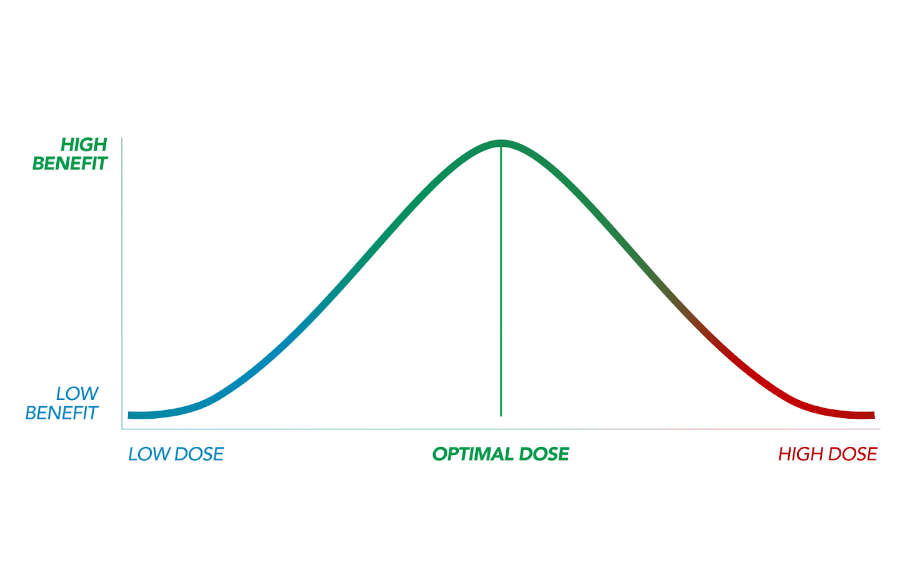
While lesser doses are known to help with clarity, focus and productivity, larger doses of CBD have been known to create sedative or “cloudy” effects.
The best way to prevent this is to start low and go slow, and casually increase your dose as you go along, while continuously observing the sensations brought about by cannabidiol.
Struggling to dose CBD? We made an app that calculates your perfect dosage based on research studies. Find out more about Droppy CBD Calculator app here.
To learn more on how to properly dose CBD, check out our free Dosing Guidebook, made in collaboration with Dr. Dustin Sulak who’s a very experienced cannabis clinician based in Maine.
Conclusion
The recently-ended (thanks Uruguay and Canada) world-wide illegality of cannabis has crippled the research performed on this plant for decades, and its controversial legal status continues to pose a serious obstacle.
This unwarranted position of cannabis greatly influenced the amount of human studies with both THC and CBD.
But as you’ve just seen, there is a ton of contemporary research dealing with CBD’s effects, and this trend is hopefully going to gain additional momentum in the years to come.
All in all, a carefully planned out CBD regimen should result in a state of mind that is:
- less anxious
- less depressed
- more productive/focused
- more content
- happier
- calmer
- more relaxed
References:
- Fernanda F. Peres, Alvaro C. Lima, Jaime E.C. Hallak, José A. Crippa, Regina H. Silva, Vanessa C. Abílio; Cannabidiol as a Promising Strategy to Treat and Prevent Movement Disorders?; May 2018
- A Dietrich, W F McDaniel; Endocannabinoids and exercise; 2004; 536–541
- Johannes Fuss, Jörg Steinle, Laura Bindila, Matthias K. Auer, Hartmut Kirchherr, Beat Lutz, and Peter Gassa; A runner’s high depends on cannabinoid receptors in mice; 2015 Oct
- Heyman E, Gamelin F, Goekint M, Piscitelli F, Roelands B, Leclair E, Di Marzo V, Meeusen R; Intense exercise increases circulating endocannabinoid and BDNF levels in humans–possible implications for reward and depression; 2012 June
- David A. Raichlen, Adam D. Foster, Gregory L. Gerdeman, Alexandre Seillier, Andrea Giuffrida; Wired to run: exercise-induced endocannabinoid signaling in humans and cursorial mammals with implications for the ‘runner’s high’; 2012
- Jack A Prenderville, Áine M Kelly and Eric J Downer; The role of cannabinoids in adult neurogenesis; 2015 June
- Raquel Linge, Laura Jiménez-Sánchez, Leticia Campa, Fuencisla Pilar-Cuéllar, Rebeca Vidal, Angel Pazos, Albert Adell, Alvaro Diaz; Cannabidiol induces rapid-acting antidepressant-like effects and enhances cortical 5-HT/glutamate neurotransmission: role of 5-HT1A receptors; April 2016
- Kusserow H, Davies B, Hörtnagl H, Voigt I, Stroh T, Bert B, Deng D, Fink H, Veh R, Theuring F; Reduced anxiety-related behaviour in transgenic mice overexpressing serotonin 1A receptors; 2004 Oct
- Leonardo BM Resstel, Rodrigo F Tavares, Sabrina FS Lisboa, Sâmia RL Joca, Fernando MA Corrêa, and Francisco S Guimarães; 5-HT1A receptors are involved in the cannabidiol-induced attenuation of behavioural and cardiovascular responses to acute restraint stress in rats; 2009 Jan
- Russo EB, Burnett A, Hall B, Parker KK; Agonistic properties of cannabidiol at 5-HT1a receptors; 2005 Aug
- Francesca De Cagna, Laura Fusar-Poli, Stefano Damiani, Matteo Rocchetti, Gianluca Giovanna, Alessia Mori, Pierluigi Politi, and Natascia Brondino; The Role of Intranasal Oxytocin in Anxiety and Depressive Disorders: A Systematic Review of Randomized Controlled Trials; 2019 Feb
- Don Wei, DaYeon Lee, Conor D. Cox, Carley A. Karsten, Olga Peñagarikano, Daniel H. Geschwind, Christine M. Gall, and Daniele Piomelli; Endocannabinoid signaling mediates oxytocin-driven social reward; 2015 Nov
- Natalie E. Zlebnik and Joseph F. Cheer; Beyond the CB1 Receptor: Is Cannabidiol the Answer for Disorders of Motivation?; 2018 Feb
- Alline Cristina Campos, Fabrício Araújo Moreira, Felipe Villela Gomes, Elaine Aparecida Del Bel, and Francisco Silveira Guimarães; Multiple mechanisms involved in the large-spectrum therapeutic potential of cannabidiol in psychiatric disorders; 2012 Dec
- Antonio W. Zuardi, Natália P. Rodrigues, Angélica L. Silva, Sandra A. Bernardo, Jaime E. C. Hallak, Francisco S. Guimarães, and José A. S. Crippa; Inverted U-Shaped Dose-Response Curve of the Anxiolytic Effect of Cannabidiol during Public Speaking in Real Life; 2017 May

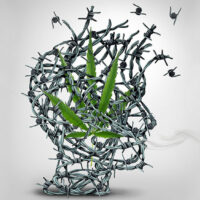

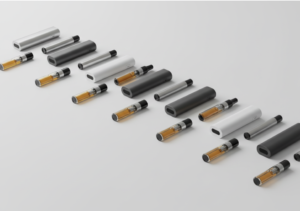
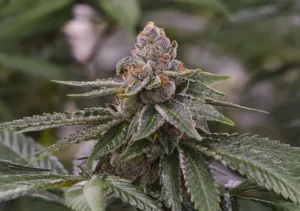
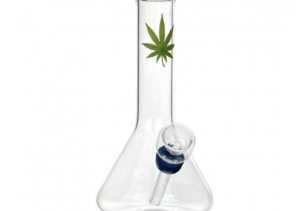
Mikaela Smiths January 8, 2020 at 4:12 am
I take CBD oil to help with chronic pain caused by Ehlers Danlos Syndrome and it has changed my life! This kind of CBD i used https://homegrowncannabisco.com/cbd-diesel-feminized.If I forget to take it for a day I can really feel how much worse my pain is. I have been slowly upping the dose as needed but it works wonders for the general background pain. It doesn't seem to help the nerve pain I experience with weather changes but overall I am so pleased I found CBD oil and it has no side effects for me apart from occasionally feeling a little out of it when upping the dose, but this goes away within a few weeks. 100% life changer for me
Marco Medic January 10, 2020 at 10:43 am
Thank you for sharing Mikaela.